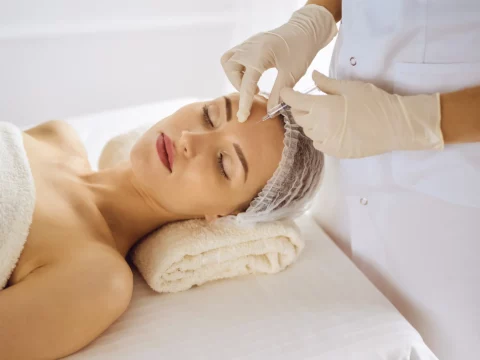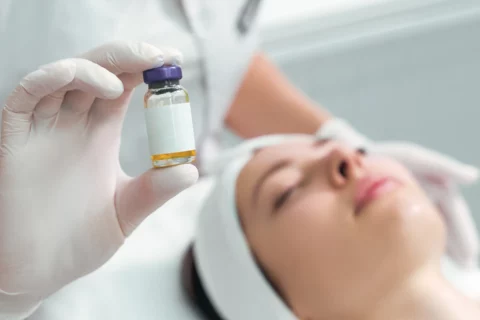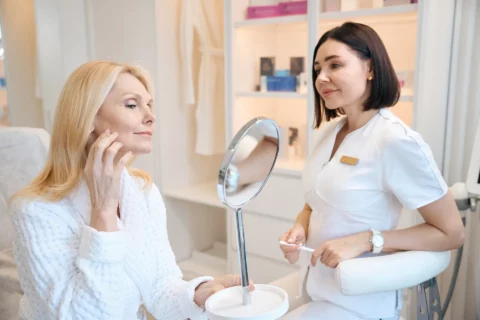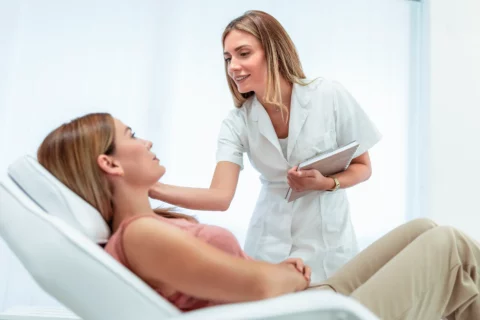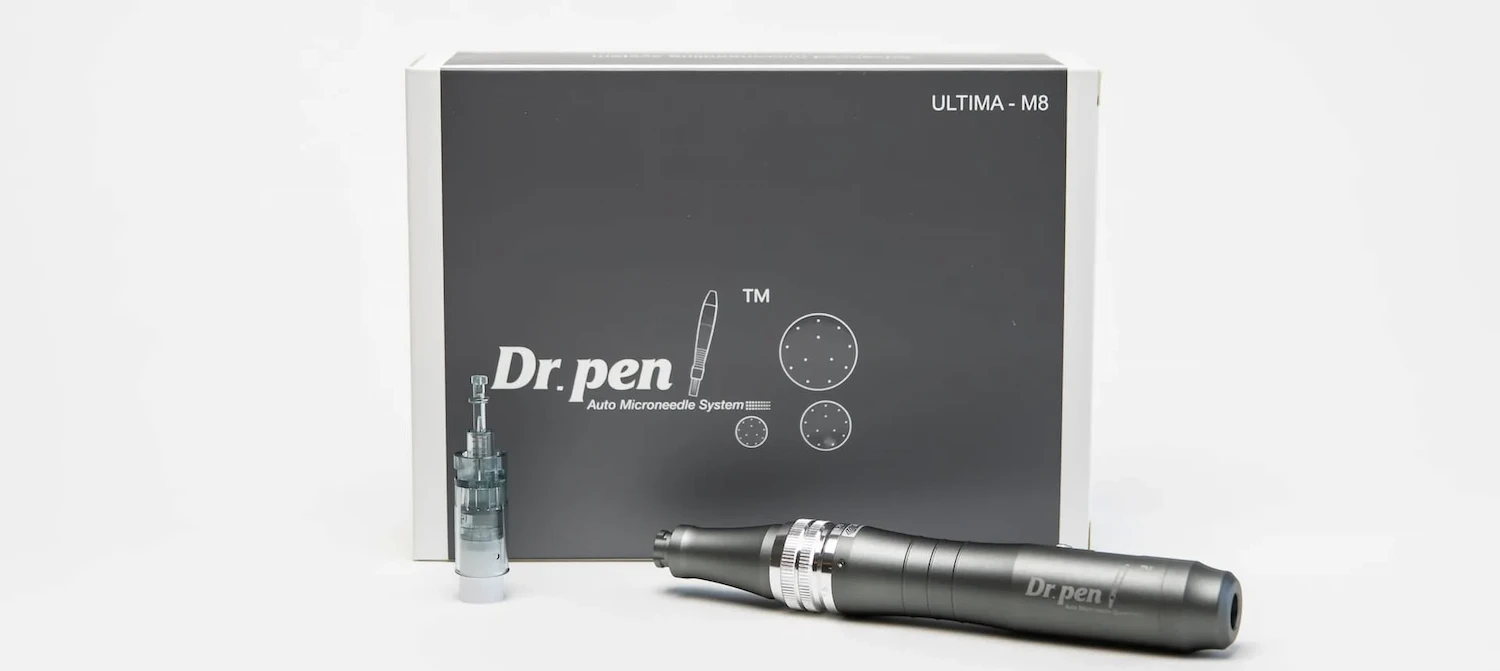The field of regenerative aesthetics is buzzing with the promise of exosomes, and for good reason. These nanoscale messengers hold the potential to revolutionize how we approach skin rejuvenation, hair restoration, and tissue repair.
However, as the market rapidly expands, a critical question emerges for every discerning practitioner:
How can you be certain that the exosome product you use is safe, pure, and effective?
The answer lies in understanding that not all exosomes are created equal. The journey from a cell in a lab to a vial in your clinic is complex, and every step has profound implications for clinical outcomes.
For practitioners committed to excellence, navigating this landscape requires a firm grasp of the stringent standards that separate research-grade materials from true, medical-grade biologics.
This guide is designed to empower you with that knowledge. As a physician-led team dedicated to clinical excellence, we believe in arming our partners with the expertise to make informed decisions. We will walk you through the three pillars of exosome quality—Sourcing, Purity, and Safety—transforming complex science into an actionable framework for your practice.
The Critical Importance of Sourcing: Where Do Your Exosomes Come From?
The therapeutic potential of an exosome is determined before it’s even isolated. The entire process begins with the source cell, which acts as the factory, dictating the composition and function of the final product.
The Foundation: Cell Source and Therapeutic Intent
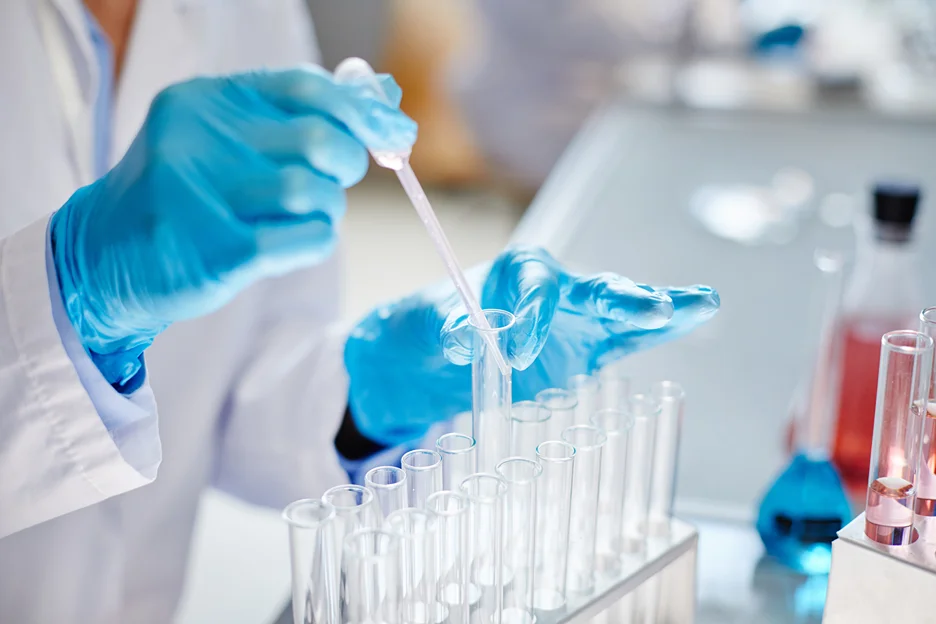
Exosomes can be derived from various cell types, but for regenerative applications, Mesenchymal Stem Cells (MSCs) are often the gold standard. Sourced from tissues like bone marrow, adipose tissue, or umbilical cord Wharton’s jelly, MSCs are renowned for producing exosomes rich in growth factors, anti-inflammatory cytokines, and nucleic acids that promote cellular repair and regeneration.
The choice of cell source is the single most important factor influencing the exosome’s payload and, therefore, its intended clinical effect. A product designed for skin rejuvenation should come from a cell line known to secrete proteins that stimulate collagen and elastin production. This is why a reputable supplier will always be transparent about their cell source.
Beyond the Cell: Optimized Culture Conditions
Once the cell source is selected, the environment in which the cells are grown (or cultured) is paramount. Consistent, high-quality exosome production depends on meticulously controlled culture conditions. Factors like pH, oxygen levels, and nutrient media can all influence the health of the cells and the quality of the exosomes they release.
Think of it like this: even the best-designed factory will produce a faulty product if its assembly line is inconsistent. Optimized cell culture ensures that every batch of exosomes has a consistent, potent, and predictable profile.
Ensuring Accountability: The Chain of Custody
How can you be sure of the cell source and culture conditions? Through rigorous documentation. A robust chain of custody is non-negotiable for any medical-grade biologic. This means having a complete, unbroken record that tracks the product from the initial cell bank to the final, sealed vial. This traceability ensures accountability and provides you—and regulatory bodies—with the confidence that the product is exactly what it claims to be.
The Pursuit of Purity: Isolating the Powerhouses
Once cells have secreted exosomes into the culture medium, the next challenge is to isolate them. This isn’t as simple as just collecting the fluid. The culture supernatant is a complex soup containing the desired exosomes alongside cellular debris, stray proteins, genetic material, and other contaminants. An effective purification process is what separates the potent therapeutic signal from this background noise.
From Complex Soup to Purified Solution: Isolation Techniques
Several advanced techniques are used to isolate and purify exosomes. While methods like ultracentrifugation have been historically common, modern gold-standard processes often involve more refined technologies:
- Size Exclusion Chromatography (SEC): This technique separates particles by size, effectively filtering out smaller, unwanted proteins and larger cellular fragments, resulting in a purer exosome population.
- Immunoaffinity Capture: This highly specific method uses antibodies to bind to surface proteins unique to exosomes, capturing them while letting contaminants wash away.
The goal of these methods is to maximize the concentration of intact, functional exosomes while eliminating anything that could compromise efficacy or cause an adverse reaction.
What You Don’t Want: Removing Contaminants
Why is removing contaminants so important? Cellular debris and aggregated proteins can not only dilute the therapeutic effect but can also trigger unwanted inflammatory or immune responses in the patient. A pure product is a safe and effective product.
Verifying the Harvest: Essential Characterization
After isolation, how do we confirm we have a vial of pure, high-quality exosomes? Through rigorous characterization. This is the quality control step where the product is scientifically verified.
| Characterization Technique | What It Measures | Why It Matters for Your Practice |
| Nanoparticle Tracking Analysis (NTA) | Size distribution and concentration of particles. | Confirms you have particles in the correct size range for exosomes and tells you how many are in the vial. |
| Flow Cytometry | Presence of specific surface marker proteins (e.g., CD9, CD63, CD81). | Provides positive identification, confirming the particles are indeed exosomes. |
| Electron Microscopy | Visual confirmation of particle shape and integrity. | Allows scientists to see the classic “cup-shaped” morphology of exosomes, ensuring they are intact. |
This data provides a “Certificate of Analysis” for each batch, giving you objective proof of the product’s identity, concentration, and quality.
The Non-Negotiable: Upholding Safety Standards
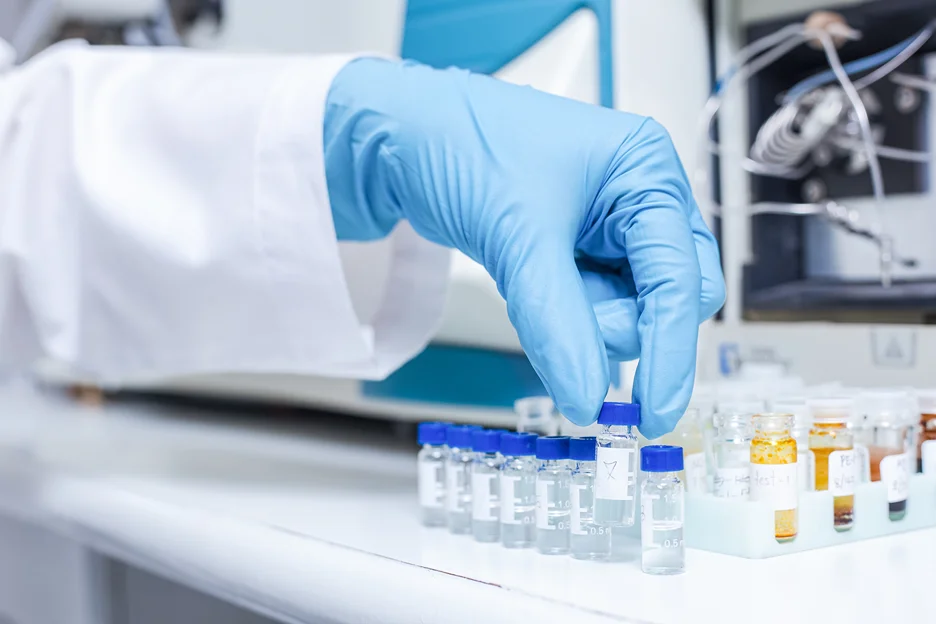
Even a pure, well-sourced exosome product is useless if it isn’t safe for clinical use. Safety is the final and most critical hurdle, ensuring that the product will help, not harm, the patient.
The First Line of Defense: Sterility and Endotoxin Testing
These two tests are fundamental to patient safety.
- Sterility: The product must be certified sterile, meaning it is completely free from bacterial or fungal contamination that could cause infection.
- Endotoxin Testing: Endotoxins are substances from bacteria that can cause a severe inflammatory response, even if the bacteria themselves are no longer present. Medical-grade exosomes must be tested and shown to be below the accepted safety threshold for endotoxins.
Predicting the Body’s Response: Immunogenicity Testing
It’s crucial to assess whether the exosome product is likely to provoke an unwanted immune response in the patient. Careful sourcing from immunoprivileged cell lines (like MSCs) and rigorous purification help minimize this risk, but dedicated testing provides the ultimate assurance of safety and biocompatibility.
From the Lab to the Clinic: In Vitro and In Vivo Validation
Before a product ever reaches your clinic, it should be validated for safety and efficacy. This involves in vitro (lab-based) testing to ensure the exosomes are not toxic to cells and in vivo (animal model) testing to confirm their safety and therapeutic effects in a living system. This preclinical data is a critical prerequisite for responsible clinical use.
Navigating the Landscape: Regulatory Compliance
Finally, exosome-based products must comply with the relevant regulatory frameworks, which often treat them as biological raw materials or human cell and tissue products. Adherence to these guidelines is a hallmark of a serious, professional manufacturer and supplier.
Your Partner in Clinical Excellence
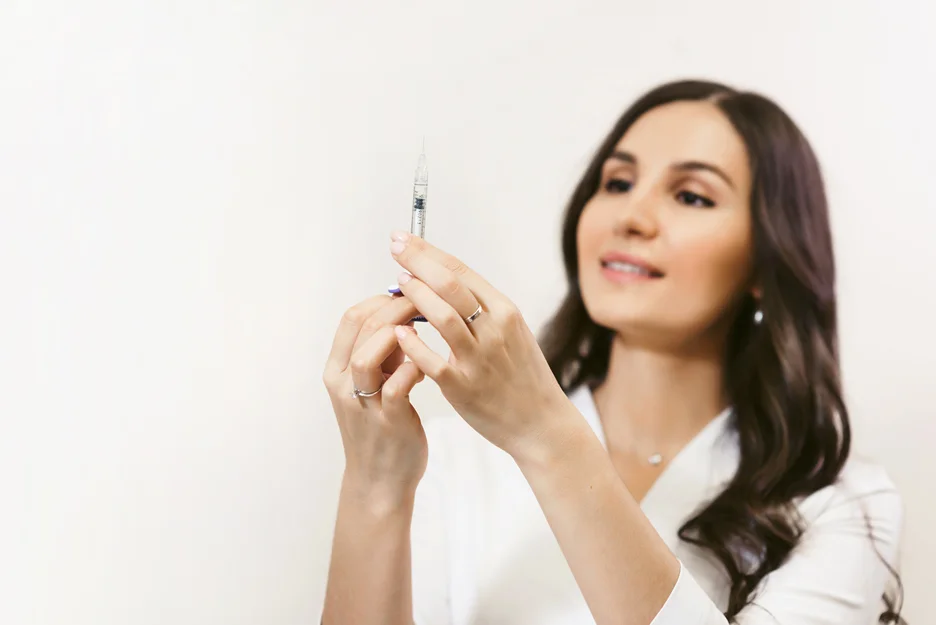
Understanding the nuances of exosome sourcing, purity, and safety is the hallmark of a leading practitioner. It empowers you to cut through the marketing hype and select products based on scientific merit, ensuring the best possible outcomes for your patients and protecting the reputation of your practice.
At Face Med Store, our “Expertise You Can Trust” promise is built on this foundation. Co-founded by board-certified physicians, our team performs this rigorous evaluation on your behalf. We partner only with manufacturers who meet these exacting standards, ensuring that every product we offer delivers on its promise of quality, safety, and efficacy.
Your patients deserve the best. So do you. Elevate your practice with the confidence that comes from using expertly vetted, medical-grade exosomes.
Ready to learn more? Explore our premier exosome solutions to discover how Face Med Store can become your partner in affordable excellence.

